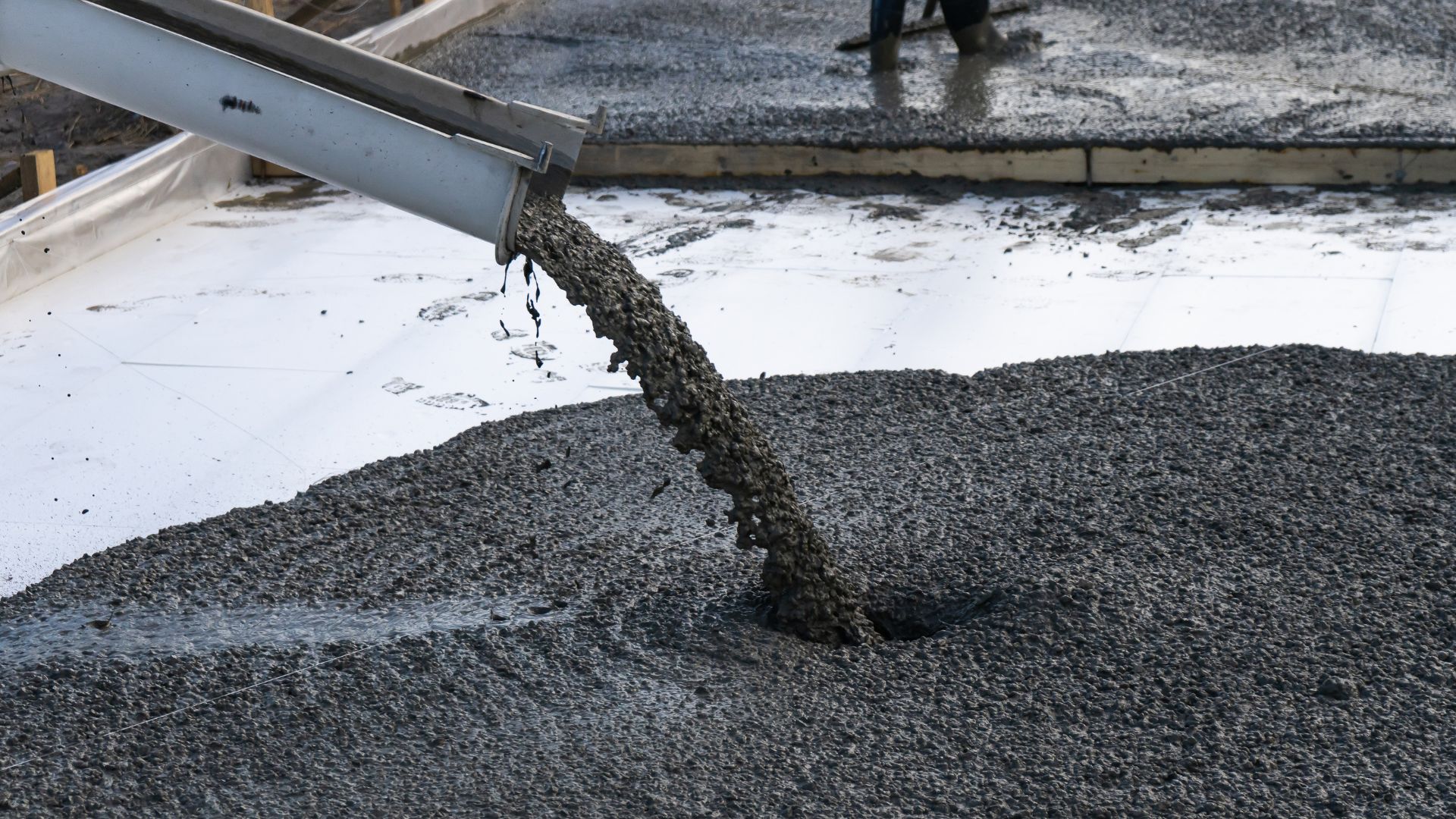Many of you have been asking us about our thoughts on the recent announcement about the concrete levy. Questions like “How will this affect my costs?” and “What changes should I expect?” are cropping up.
So here are three simple, manageable ways to prepare for the upcoming changes.
1. Start having conversations with your concrete supplier
The first step is to talk to your concrete supplier. We understand that this might be a difficult discussion to initiate. Because who wants to invite higher costs willingly? But here’s the thing to remember, information is power. The sooner you find out if and when they’ll pass the levy on to you, the better you can prepare.
Get a clear understanding of their plans. Will they pass the entire cost onto you or just some of it? And how quickly will this happen once the levy comes in? It’s expected to kick in on 1st September 2023. Will it be like diesel in the petrol station each year when the budget changes? The answers to these questions will help you strategise handling changes on your front end with your clients.
2. Decide your charging strategy
After you’ve gotten as much information and clarity as you can from your supplier, it’s time for you to decide your game plan. Will you pass the cost on to your client once the levy comes in, or are you considering absorbing the cost?
This might not be an easy decision. It’s important to consider all the factors that come into play. Think about your clientele, ongoing relationships, the fat in your job’s budgets, financial buffers, and the competitive landscape. The best decision strikes a balance between maintaining your business’s financial health and creating a win-win for clients and design teams.
3. Assess current project costs
Now, what about the projects that are currently being priced or worked on? Will you soak up the additional costs once the levy comes in? This question brings us to our list’s third and final step: assessing your ongoing and future project costs.
There are essentially three options you can consider to manage your ongoing and future costs:
- Re-negotiate: Contact your client and explain the situation to them. If your relationship is strong and they value your work, they might be willing to meet you halfway.
- Cut back on other expenses: Look at your current budget and see where you can save. Perhaps there’s a non-essential element you can cut back on or a cheaper alternative regarding suppliers or materials. This can help to offset the added costs from the levy.
- Invest in efficiency: In the long run, investing in technologies or improving your efficiency can save more money than the levy might cost. Think about it: if you can do the same job faster or with less waste, your overall costs will reduce, helping to absorb the new levy.
In conclusion, there’s no doubt about it – facing the concrete levy might feel daunting, but burying your head in the sand until it’s here won’t help either. Every contractor is in the same boat, so you’re not alone.
And we’re here to guide and support you in navigating these changes. You can stay ahead of the curve with proactive communication, careful decision-making, and strategic planning.
Talk to our team today to learn how we can help ensure you don’t leave any money behind from tender to the final account.









